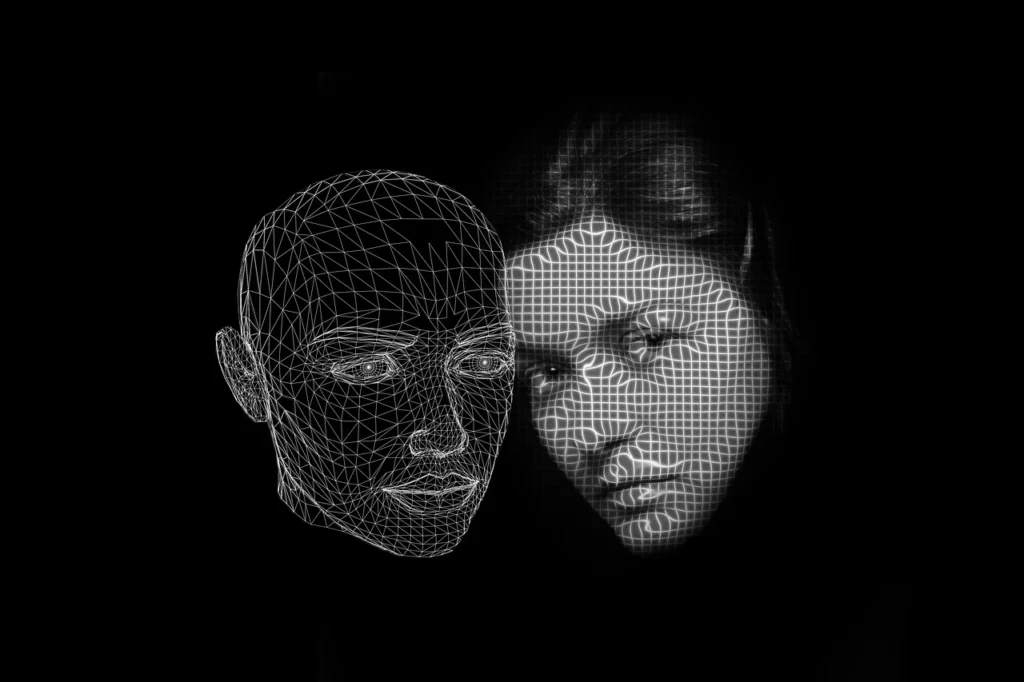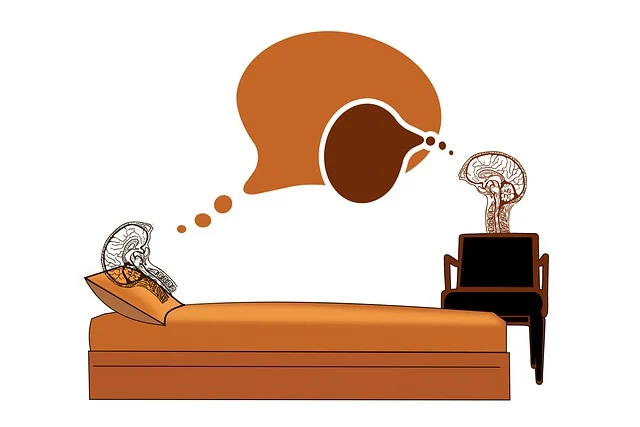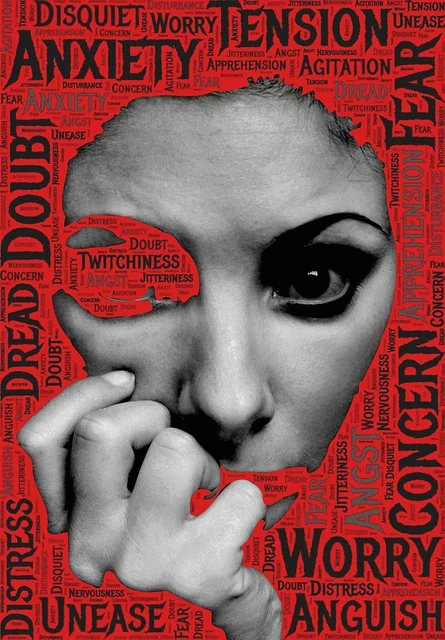A mental health condition called borderline personality disorder affects how you think and feel about other people as well as yourself, making it difficult to go about your daily life normally. It comprises a pattern of unstable relationships, difficulties controlling emotions and conduct, and problems with one’s own self-image.
If you have borderline personality disorder, you could find it difficult to accept being by yourself and have a strong fear of instability or abandonment. Even if you desire to build enduring and meaningful connections, improper anger, impulsivity, and mood swings can drive people away.
Early adulthood is when borderline personality disorder typically first manifests. Young adulthood appears to be the worst time for the illness, while it may progressively improve with age.
What is borderline personality disorder (BPD)?
The symptoms of borderline personality disorder (BPD) include impulsivity, severe mood swings, and instability in interpersonal interactions.

Individuals with BPD struggle to control their emotions, particularly anger, and have a strong fear of being abandoned. Additionally, they frequently engage in risky and impulsive actions like driving recklessly and making threats of self-harm. It is hard for them to keep relationships going because of all these tendencies.
Among the “Cluster B” personality disorders, which are characterized by dramatic and unpredictable actions, is borderline personality disorder. Chronic (long-term) dysfunctional behavior patterns that are rigid, common, and cause social problems and discomfort are known as personality disorders.
Signs and symptoms
Borderline personality disorder typically manifests as signs and symptoms in late adolescence or early adulthood. An upsetting incident or stressful encounter may start symptoms or exacerbate existing ones.
The symptoms typically go better with time and sometimes disappear entirely.
Any combination of the following symptoms can occur, and they can range in severity from tolerable to quite severe:
Fear of desertion:
Individuals with BPD frequently experience anxiety when left alone. People with BPD experience extreme dread or rage when they believe they are being ignored or abandoned. They may follow their loved ones around or prevent them from departing. To prevent being rejected, they could also shove someone away before they get too near.

Intense, unstable connections:
People with BPD often have sudden, drastic shifts in how they see other people, which makes it difficult for them to maintain healthy interpersonal relationships. People can swiftly shift from elevating others to depreciating them and vice versa. Their marriages, friendships, and family ties are frequently tumultuous and unstable.
Unstable sense of self or self-image:
Individuals with BPD frequently experience shame, remorse, or a distorted sense of self, viewing themselves as “bad.” They might also drastically and unexpectedly alter their perception of themselves, as demonstrated by rapid changes in their friends, occupations, beliefs, or ambitions. They frequently undermine their own advancement as well. For example, they might purposefully fail an exam, sabotage relationships, or lose their job.
Abrupt mood swings
People with borderline personality disorder (BPD) may have abrupt swings in their feelings toward other people, themselves, and the outside world. Irrational feelings shift quickly and frequently, and they include uncontrollable wrath, fear, worry, hatred, despair, and love. These fluctuations seldom continue more than a few days and typically only last a few hours.
Impulsive and risky behavior:
BPD sufferers frequently engage in episodes of hazardous driving, arguing, gambling, substance abuse, binge eating, and/or risky sexual behavior.
Self-harming or suicidal conduct on a regular basis:

Individuals with BPD may burn, cut, or otherwise injure themselves, or they may make threats to do so. They can possibly be contemplating suicide. Usually, the rejection, potential abandonment, or disappointment of a caregiver or partner sets off these self-destructive behaviors.
Constantly feeling empty:
A lot of persons with BPD have emotions of sadness, boredom, unhappiness, or being “empty.” It’s also typical to experience feelings of worthlessness and self-hatred.
Anger control problems:
Individuals with borderline personality disorder (BPD) frequently experience extreme anger. They might use bitterness, sarcasm, or outbursts of rage to vent their rage. Guilt and shame frequently accompany these incidents.
Momentary paranoid thoughts:
Severe stress, typically related to a fear of abandonment, can set off dissociative episodes, paranoid thoughts, and occasionally hallucinations. These are transient symptoms that are typically not severe enough to be classified as a distinct illness.
Causes
Healthcare professionals think that a number of factors, such as the following, combine to cause BPD:
Abuse and trauma throughout childhood:
Up to 70% of individuals with BPD report having been sexually, emotionally, or physically abused as children. BPD is also linked to parental substance abuse disorder, incorrect family boundaries, poor maternal bonding, and maternal separation.
Genetics:
Research indicates that there is a family history of borderline personality disorder. You’re more likely to get BPD, but it’s not a given if you have a family history of the disorder.

Brain alterations:
Individuals with BPD have improper communication between the areas of their brain that regulate emotion and behavior. Their brain’s functioning is impacted by these issues.
Difficulties
Your life can suffer in numerous ways if you have borderline personality disorder. It can have a detrimental impact on social interactions, employment, education, intimate relationships, and self-image, leading to:
- frequent job losses or changes
- not finishing school
- several legal concerns, including jail time
- partnerships rife with conflict, stress in the marriage, or divorce
- Self-harm, including burning or slashing oneself, and repeated hospital stays
- Participating in abusive partnerships
- Unplanned pregnancies, STDs, car crashes, and violent altercations brought on by rash and dangerous behavior
- attempted or succeeded in suicide
How is the diagnosis of borderline personality disorder made?
A child’s or adolescent’s personality changes during their development. As a result, borderline personality disorder is usually not diagnosed by medical professionals until a patient is older than 18. A diagnosis of BPD may occasionally be made for a person under the age of 18 if their symptoms are severe and persist for at least a year.
Since most people with personality disorders are unaware of their disruptive behavior and cognitive patterns, personality disorders—including borderline personality disorder—can be challenging to diagnose.
When they do seek assistance, it’s usually not for the personality disorder per se, but rather for disorders like anxiety or depression brought on by issues their personality disorder has caused, including broken relationships or divorce.
Treatment
Historically, treating BPD has proven difficult. However, many individuals with borderline personality disorder report having fewer, milder symptoms, better functioning, and a higher quality of life after receiving more recent, evidence-based treatment.
However, successful treatment requires persistence, effort, and time. Medication, psychotherapy (talk therapy), or both may be used as a form of treatment.If you’re in severe pain or in danger of hurting yourself or others, your doctor could advise a brief hospital stay. Your healthcare professional will collaborate with you to create a treatment plan during your stay.
Psychotherapy Treatment
The most effective treatment for borderline personality disorder is psychotherapy, sometimes known as talk therapy. The purpose of treatment is to assist you in identifying the anxieties and reasons behind your thoughts and actions as well as to teach you how to interact with people in a more constructive manner.

The following therapeutic modalities can be used to treat BPD:
Dialectical behavior therapy
DBT stands for dialectical behavior therapy, and it was created especially for treating borderline personality disorder. DBT focuses on teaching you how to modify your life, including unhelpful behaviors, as well as accepting the realities of your life and your actions. It imparts knowledge on how to manage strong emotions, cut back on detrimental habits, and strengthen bonds with others.
Cognitive behavioral treatment (CBT)
Cognitive behavioral treatment (CBT) is a methodical, goal-oriented form of treatment. You are assisted in closely examining your ideas and feelings by your therapist or psychologist. You’ll learn how your thoughts influence your behavior. You can learn to adopt healthy thought patterns and habits by using cognitive behavioral therapy (CBT) to unlearn undesirable beliefs and behaviors.
Group therapy
Group therapy is a form of psychotherapy where a group of people gets together with a therapist or psychologist to describe and discuss their issues. Individuals with BPD may benefit from group therapy by learning more effective ways to express themselves and engage with others.
BPD medication
Healthcare professionals generally avoid prescribing drugs as the primary treatment for borderline personality disorder (BPD) because the advantages of doing so are not entirely evident.

However, a psychiatrist could occasionally suggest drugs to address particular symptoms or co-occurring mental health issues. Drugs can be used to treat depression and anxiety, control mood swings, and curb impulsive behavior. Some BPD sufferers benefit from antipsychotic (neuroleptic) medications.



